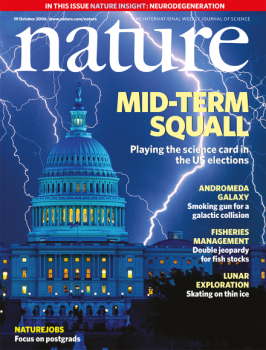A to Z Reviews: “A Brief History of Death Switches,” by David Eagleman
David Eagleman’s “A Brief History of Death Switches” is a perfect example of a story whose meaning changes over time, but is just as valid now than it was when it was originally published in 2006.
Around the time Eagleman wrote his story, there were many web services which were set up designed to prolong a person’s internet presence beyond death. These services would send out emails purportedly from the dead person on anniversaries or notifications of death. They didn’t last long, but Eagleman took the idea and expanded upon it.
In the context of his story, death switches begin as a means of protecting information. If a person doesn’t log into an account in a set period of time, the system assumes they are dead and sends the appropriate log-in information to a designated successor. This is meant to ensure that businesses can continue to function and heirs can access confidential financial information following the death of an employee or loved one.
 Humans, of course, have a tendency to abuse things, including technology, and the use of these death switches grows, allowing them to send e-mails to people, as well as responses. Eagleman sees a world in which death switches can be programmed to tap into an estate’s finances in order to purchase and send gifts to loved ones after the “purchaser” has died. The result is a shadow world in which posthumous networking between people creates a form on immortality.
Humans, of course, have a tendency to abuse things, including technology, and the use of these death switches grows, allowing them to send e-mails to people, as well as responses. Eagleman sees a world in which death switches can be programmed to tap into an estate’s finances in order to purchase and send gifts to loved ones after the “purchaser” has died. The result is a shadow world in which posthumous networking between people creates a form on immortality.
It is easy to envision current artificial intelligence paired with the sort of dead switches Eagleman envisioned to make this sort of world a reality. Written without any real characters, Eagleman’s story is more an outline of the concept and its ultimate resolution. Eagleman never considers whether safeguards should be put in place to stop this sort of immortal proliferation. Nor does to explore the toll that it might take on those who are still living when they can continue to interact with their dead loved ones.
As with drabbles, this piece, which originally appeared in the scientific journal Nature, is short, offering a scenario without too much space to fully explore its ramifications. It does, however, open the reader up to their own consideration of the consequences of the technological advances that are postulated.
While “A Brief History of Death Switches” doesn’t feel like a complete story, it does offer a strong background for a story, along with hinting at issues which should be addressed and considered. Focusing more on the speculative part than the fictional part of the equation.
 Steven H Silver is a twenty-time Hugo Award nominee and was the publisher of the Hugo-nominated fanzine Argentus as well as the editor and publisher of ISFiC Press for eight years. He has also edited books for DAW, NESFA Press, and ZNB. His most recent anthology is Alternate Peace and his novel After Hastings was published in 2020. Steven has chaired the first Midwest Construction, Windycon three times, and the SFWA Nebula Conference six times. He was programming chair for Chicon 2000 and Vice Chair of Chicon 7.
Steven H Silver is a twenty-time Hugo Award nominee and was the publisher of the Hugo-nominated fanzine Argentus as well as the editor and publisher of ISFiC Press for eight years. He has also edited books for DAW, NESFA Press, and ZNB. His most recent anthology is Alternate Peace and his novel After Hastings was published in 2020. Steven has chaired the first Midwest Construction, Windycon three times, and the SFWA Nebula Conference six times. He was programming chair for Chicon 2000 and Vice Chair of Chicon 7.
